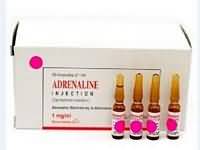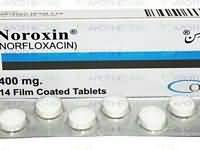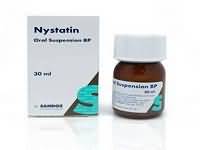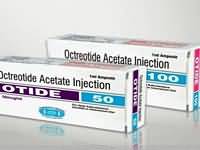Mizolastine

CLINICAL USE
Antihistamine:Symptomatic relief of allergy, e.g. hayfever, urticaria
DOSE IN NORMAL RENAL FUNCTION
10 mg daily
PHARMACOKINETICS
Molecular weight :432.5 %Protein binding :98.4 %Excreted unchanged in urine : <0.5 Volume of distribution (L/kg) :1.4half-life – normal/ESRD (hrs) :13 DOSE IN RENAL IMPAIRMENT
GFR (mL/MIN)
20 to 50 : Dose as in normal renal function 10 to 20 : Dose as in normal renal function <10 : Dose as in normal renal function DOSE IN PATIENTS UNDERGOING RENAL REPLACEMENT THERAPIES
CAPD :Not dialysed. Dose as in normal renal function HD :Not dialysed. Dose as in normal renal functionHDF/high flux :Not dialysed. Dose as in normal renal functionCAV/VVHD :Not dialysed. Dose as in normal renal function IMPORTANT DRUG INTERACTIONS
Potentially hazardous interactions with other drugsAnti-arrhythmics: increased risk of ventricular arrhythmias – avoid concomitant use with amiodarone, disopyramide, flecainide, mexiletine, procainamide and propafenoneAntibacterials: metabolism possibly inhibited by macrolides – avoid concomitant use; increased risk of ventricular arrhythmias with moxifloxacin – avoid concomitant use Antifungals: metabolism inhibited by itraconazole and ketoconazole and possibly imidazoles – avoid concomitant useBeta-blockers: increased risk of ventricular arrhythmias with sotalol – avoid concomitant useCiclosporin: use with caution due to inhibition of ciclosporin metabolismAvoid concomitant treatment with any drug that could prolong QT intervalCaution with drugs that inhibit cytochrome P450 enzymes (may elevate mizolastine levels) ADMINISTRATION
Reconstition
– Route
Oral Rate of Administration
–Comments
– OTHER INFORMATION
Contraindicated in patients with electrolyte imbalances, particularly hypokalaemia.
See how to identify renal failure stages according to GFR calculation
See how to diagnose irreversible renal disease
Home









